LATVIJA.FM
Latvian Rivers: The Daugava and Its Stories
From ancient trade routes to poetic legends, the Daugava River has long been more than just a body of water cutting through Latvia—it has been a lifeline, a storyteller, and a silent witness to the country’s joys and tragedies. Winding from the Valdai Hills in Russia to the Baltic Sea at the Gulf of Riga, this mighty river has shaped civilizations, inspired folklore, and fueled revolutions. Explore how the Daugava flows through Latvia’s memory, geography, and soul, connecting distant generations with its eternal current.
The River That Shapes the Land
The Daugava is not just Latvia’s most iconic river—it is its backbone. Cutting diagonally across the nation for over 350 kilometers, the Daugava has historically determined where people settled, where trade flourished, and where battles were fought. Riga itself, Latvia’s capital, owes its very existence to the Daugava. For centuries, the river acted as a natural highway between the heart of Russia and the Baltic Sea, making it one of the region’s most vital trade arteries. The river has carved its way through steep banks and fertile plains, leaving behind not just landscapes, but legacies.
The Lifeblood of Ancient Routes
Long before borders were drawn and nations named, the Daugava was a key segment of the famous Varangian to the Greek trade route. Viking ships, laden with furs, amber, and silver, once sailed its waters, heading south toward Byzantium. Slavic and Baltic tribes built their wooden fortresses along its banks, seeking protection and prosperity in its flow. As early as the 9th century, the Daugava was not just a river—it was a corridor of civilization, echoing with the calls of merchants, warriors, and explorers.
A Muse for Poets and Patriots
The Daugava runs deep in the veins of Latvian literature and national consciousness. In poetry and song, it is referred to with reverence, often personified as a maternal figure, a source of strength and sorrow. The great Latvian poet Rainis immortalized the river in his 1916 play Daugava, which became a potent symbol of the nation’s yearning for freedom. The Daugava flows not only through the valleys of Latvia but through its verses, a powerful metaphor for endurance and resistance.
Hydro Power and the Price of Progress
In the 20th century, Latvia harnessed the Daugava’s mighty current to generate hydroelectric power. Dams like those in Ķegums, Pļaviņas, and Rīga brought modernization, but also deep ecological and cultural losses. Entire villages disappeared beneath the rising waters, and with them, sacred sites, old cemeteries, and centuries of rural history. The transformation of the river sparked protests and debates—what is the price of progress when it comes at the cost of memory? Even today, the conversation continues as Latvians grapple with preserving their natural heritage.
Spirituality and Folklore Along the Banks
The banks of the Daugava have long been wrapped in myth. Local folklore tells of sunken churches, enchanted islands, and spirits that live in the river’s depths. Some stories claim that on quiet summer nights, one can hear the bells of drowned churches tolling beneath the surface. The river has been a place for rituals, midsummer celebrations, and mourning. Its waters are believed to carry not only the weight of time, but the whispers of ancestors. Even modern Latvians often speak of the Daugava with a sense of reverence rarely reserved for mere geography.
The Daugava Today: A Living River
Today, the Daugava is a blend of the ancient and the modern. It flows past historic castles and post-Soviet cities, through nature reserves and industrial zones. Canoeists paddle its gentler stretches while cargo ships sail its deeper waters. On warm evenings, people stroll its promenades in Riga, unaware that they are walking beside a river that has seen empires rise and fall. The Daugava remains a living presence—a river that breathes, remembers, and carries Latvia forward while never forgetting where it came from.
Cover image: Sunday evening above Riga old town from birdview perspective by Ernests Vaga, published on on May 22, 2021. Free to use under the Unsplash License.
